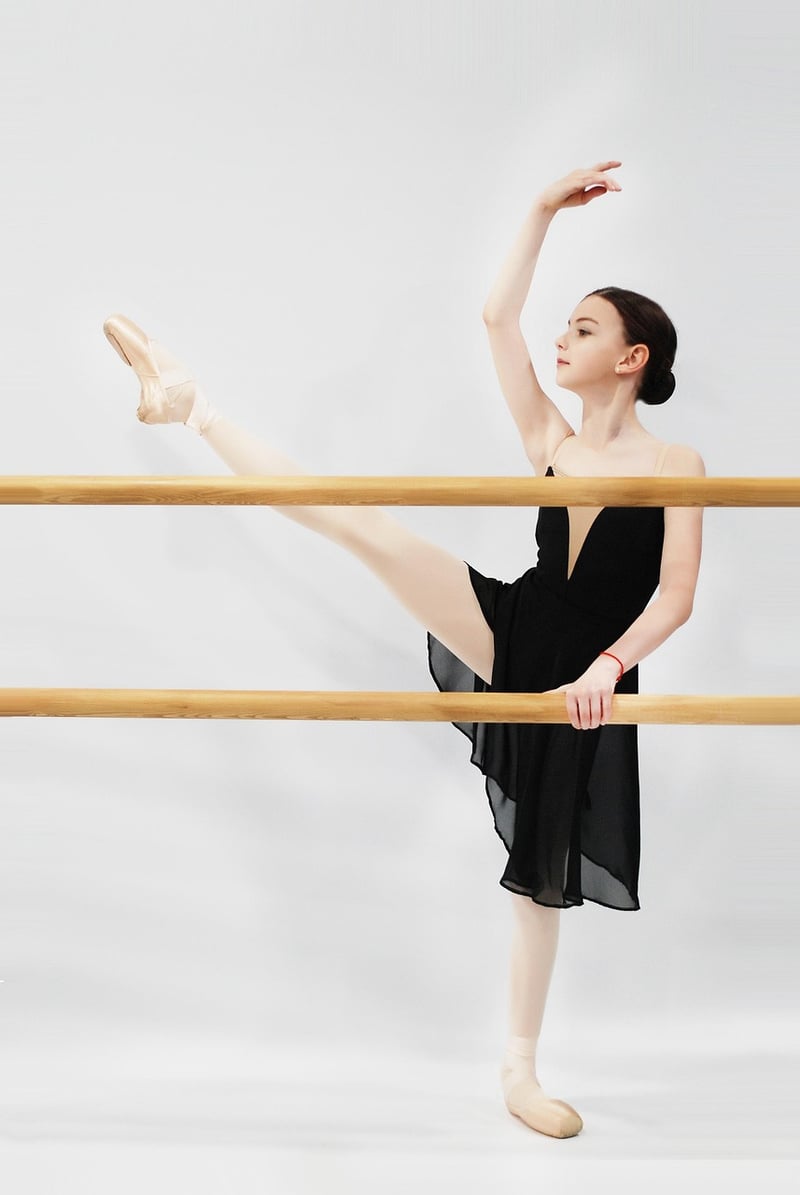Rhythmic Healing
Emotional Release through Dance + Rhythmic Healing

Dance has been used for centuries as a form of expression, celebration, and healing. The combination of movement, rhythm, and music can create a powerful outlet for emotions and a pathway to release pent-up feelings. In recent years, the concept of emotional release through dance has gained traction as a therapeutic practice known as rhythmic healing.
The Power of Dance for Emotional Release
When we dance, our bodies engage in a physical expression of our emotions. The act of moving to music can help us tap into feelings that we may not be able to express verbally. Dance allows us to release tension, stress, and anxiety stored in our bodies, promoting a sense of well-being and emotional release.
Rhythmic Healing: The Therapeutic Benefits
Rhythmic healing is a holistic approach that combines dance, movement, and rhythm to promote emotional healing and self-discovery. Through guided sessions or freeform dance, individuals can explore their emotions, connect with their bodies, and release emotional blockages.
- Emotional Release: Dance provides a safe space to express and release pent-up emotions.
- Stress Reduction: Moving to music can help reduce stress and promote relaxation.
- Self-Expression: Dance allows individuals to express themselves authentically and without judgment.
- Body Awareness: Through dance, people can connect with their bodies and become more aware of physical sensations.
Getting Started with Dance for Emotional Release
If you're interested in exploring dance for emotional release, consider the following tips:
- Choose Your Music: Select music that resonates with your emotions and allows you to move freely.
- Find a Safe Space: Create a comfortable environment where you can dance without distractions.
- Let Go of Inhibitions: Allow yourself to move without judgment or self-criticism.
- Listen to Your Body: Pay attention to how your body responds to the music and adjust your movements accordingly.
- Practice Mindfulness: Stay present in the moment and focus on the sensations of dancing.
Remember, dance is a personal and subjective practice, so feel free to experiment with different styles and techniques to find what works best for you. Whether you choose to dance alone or in a group setting, the act of moving to music can be a powerful tool for emotional release and self-discovery.
Embrace the transformative power of dance and rhythmic healing as you embark on a journey of self-exploration and emotional well-being.

Image sources: Pixabay.com
